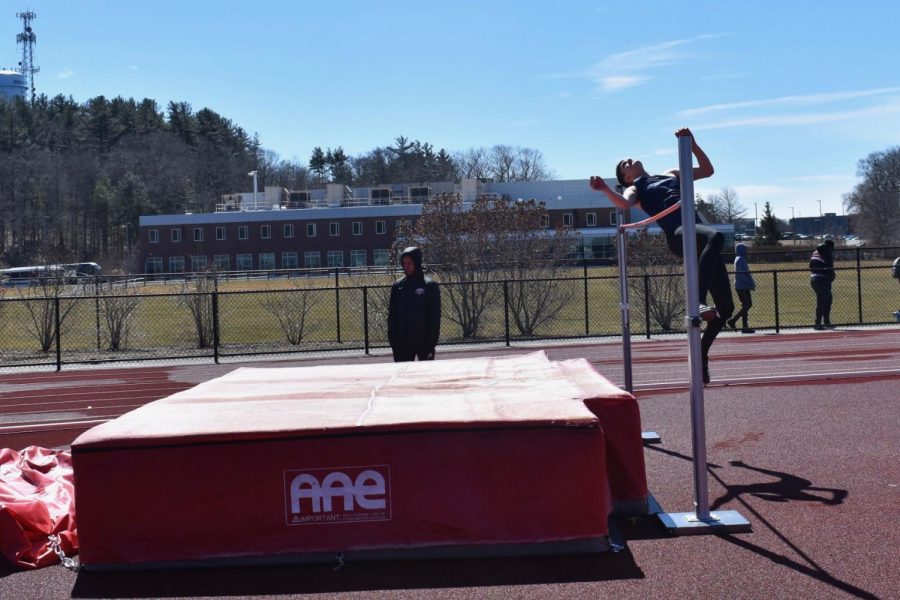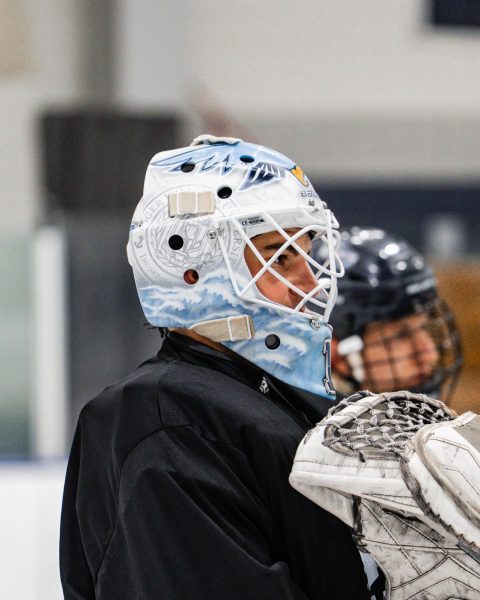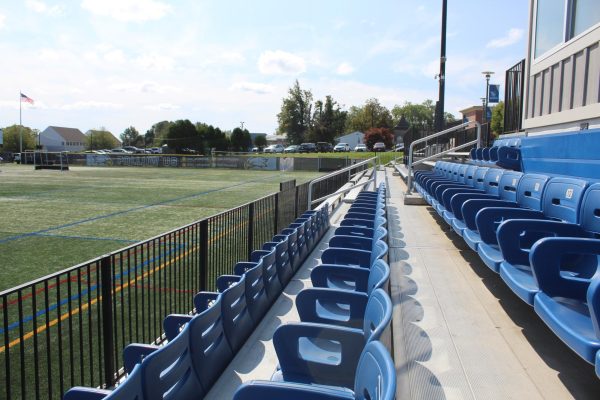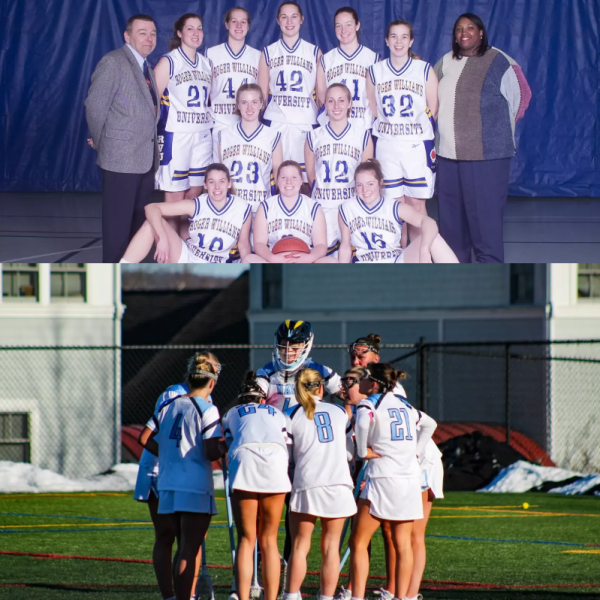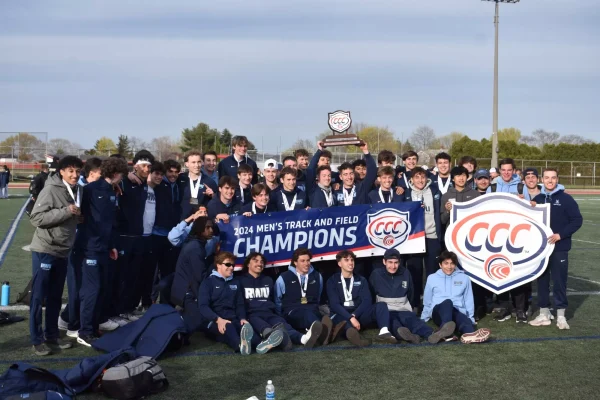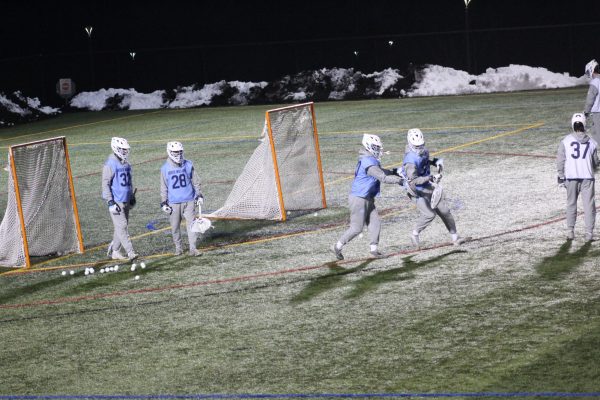Trouble in numbers: How track and field works through an imbalanced athlete to coach ratio
Most athletic teams on campus have one head coach and one or two assistants. The only difference between track and field and other teams is how many athletes these coaching staffs are responsible for.
For many teams, two to three coaches cover 15-20 athletes. With three coaches and 20 players, that’s a 6.6:1 athlete to coach ratio.
For track and field, the numbers do not match up.
Between the two track and field teams are 59 athletes. The teams share three coaches adding up to a 19.6:1 athlete to coach ratio. The throwing and jumping coach, Chris “Guy Chick” Cicchinelli, alone is responsible for 30 athletes — over half the team.
Each coach is responsible for specific event groups. Livingston works with the distance runners, and Renae “Girl Chick” Cicchinelli focuses her attention on the sprinters and hurdlers, as well as pole vaulters, which creates a divide across the event groups once the warm up laps are done.
“I think in theory I always hope to do better with that — with the teams being together,” Livingston said. “You can’t get anywhere together as a team, so people are lifting at different times. It’s not an excuse, but it’s certainly a reason why sometimes we have trouble.”
Breaking up the coaching staff this way may seem fairly even to give everyone the proper attention and coaching they need. However, “Guy Chick” probably runs as many laps as the sprinters given the amount of time he spends pacing back and forth between the long jump pit and the throwing sectors, which is roughly half a lap around the track.
In his absence, the teams have learned to start to coach each other.
“I feel like a lot of my training comes from my teammates,” sophomore Kyle Rector said.
Although, the team still finds a way to succeed, a majority of practice is spent with event groups helping each other out.
According to Rector, it is up to the team to lead itself a lot of the time.
This season, Rector is in training to potentially compete in the decathlon for the first time on April 20. This consists of six events he has never competed in before — discus, shot put, javelin, pole vault, long jump and hurdles, all of which Rector’s teammates have worked extra hours to teach him.
“Would I rather have ‘Girl Chick’ teaching me pole vault? Of course. But Noah [Hysong] has been stepping in when she can’t,” Rector said.
Hysong, a junior pole vaulter, said he has no issue helping teach Rector the event at practice.
“He’s a true student of athletics, no matter what the event is,” Hysong said. “There’s obviously an impact on my own personal workouts, but it’s no different than helping any other pole vaulters. I think about how what I’m saying to them will affect my jumps, ultimately getting something out of it myself.”
It is clear to the team that the coaches put in their best effort to be at every event, but they know that no matter how much they want the daily attention, it is not always possible.
“At meets I have people yelling at me — coaching me — when I’m competing and I have no clue where it’s coming from,” Rector said. “Last week, ‘Guy Chick’ had javelin, discus, triple jump, long jump and high jump at the same time, and he just physically can’t watch and coach all these people at once.”
Although it is clear that the teams could potentially greatly benefit from an additional coach, until this becomes a reality, the teams appear to be coping well, and both already beat their rivals at their first meet of the season.
“I think it needs to continue to get better,” Livingston said. ” We just need everybody to feel more cohesive.”

